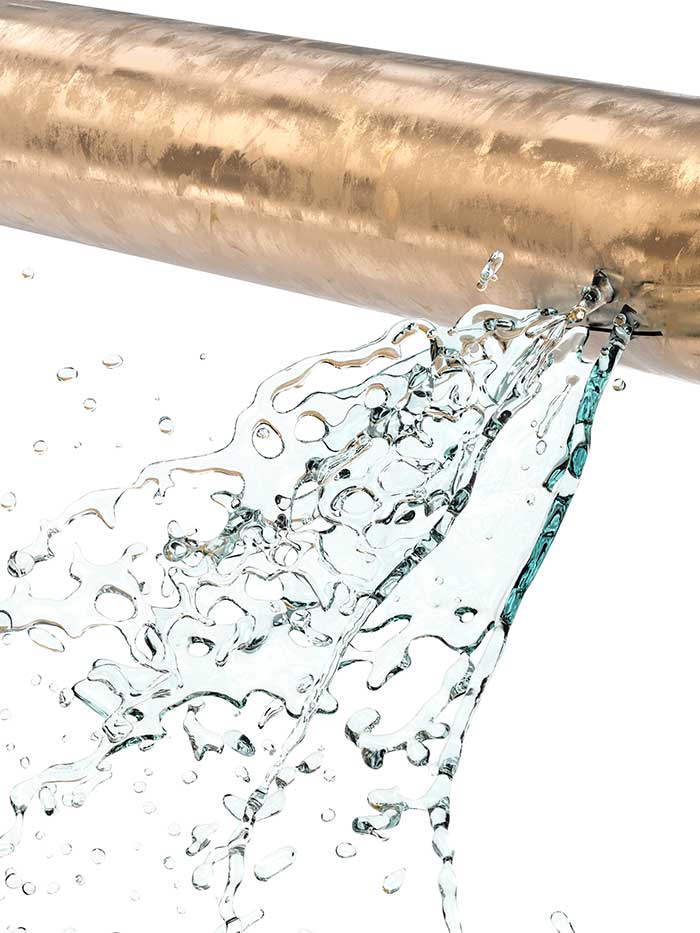
They were very efficient . When they left they made sure I knew how to control the boiler and thermostat if the need arises.
They also left the house clean and tidy.
Thank you TM Hughes and Son.
I found their engineer to be polite, considerate, knowledgeable and friendly.
I'd have no hesitation at all to recommend them. Their prices seemed reasonable too.
Had a problem with your boiler which was erratically supplying/not supplying hot water to the radiators. Terry very quickly diagnosed the problem and ordered a new valve which Kai fitted .
Our boiler technician's name was Pawel, he came over and identified the issue immediately. I got my replacement parts ordered and installed within just a few business days. The boiler is working perfectly now.
On top of that, Pawel was very friendly, and funny. I enjoyed chatting with him while he worked.
Would certainly recommend!
Many thanks
Jan
Engineer knew what he was doing, tidy, and fixed the fault on our unvented cylinder. Highly recommend and will use again
Polite efficient staff , 100% recommend TM Hughes
Very helpful staff that attended property
Very good with my kids aswell expalimkmg what je was doing
Would recommend this company to friends and family
I have used them for servicing and installation of boilers at my son’s homes as well as my own.
I am very happy to recommend them to anyone who wants an honest reliable company.
During a recent boiler fault, which was hard to diagnose, Terry, the owner, became involved and was absolutely great in helping me to resolve this with Glowworm under warranty. Very friendly, approachable, knowledgeable, and gives honest advice that a customer can trust.
I highly recommend TM Hughes and will use them for years to come and do recommend them to my friends, family, and anyone reading this review!
Fast response from Terry and fault finding and then James who kept me fully informed of when he will arrive and fitting new parts super fast, friendly and left everything clean. I will highly recommend and will use in future, Thank you.
small job, stayed a small job, fair price, came on time and fixed. Many Thanks to Alex.
Very reliable service
& dependable, nice guy Dylan who carried it out, would recommend this company.
We have used T. M. Hughes for a number of years now and are very happy with the service we receive.
We will continue to use them and can thoroughly recommend to anyone needing gas and/or plumbing services.
Terry is always very responsive, knowledgeable, and focuses on finding the best solution. Nothing is too much trouble. He takes pride in the company’s work and genuinely cares about his customers.
Highly recommended for anyone looking for a reliable, trustworthy, and professional company.
Thank you Terry & the team!
Welcome to TM Hughes & Son. We provide a range of services in Billericay, which includes Leak Detection.
Leak Detection is done by experienced and insured engineers who can attend to your property the same day.
What Leak Detection Is
Leak detection pinpoints where water is escaping from pipes or plumbing when it shouldn’t. It’s about looking for clues and using special tools to find out where the water leaks so it can be fixed and stop causing problems.
How Leak Detection Is Undertaken
Leak detection uses various methods and tools to find where water is escaping from pipes or systems. Here’s how it’s typically done:
Visual Inspection
First, an essential check around the house or building is done. This includes looking at pipes, walls, and ceilings for signs of water stains, mould, or damage. These signs can indicate the presence of a hidden leak.
Listening Devices
Special tools are used to listen to the sound of water leaking inside walls or under the ground. These tools can hear the hissing or dripping sounds of water even when it’s not visible.
Pressure Tests
This involves checking the water pressure in the pipes to see if it drops. A pressure drop can indicate a leak somewhere.
Thermal Imaging Cameras
These cameras can see the temperature of surfaces and help find cooler spots caused by water leaks, especially useful in walls and floors.
Detection Tools
Some tools can detect changes in the electrical field around wet areas, helping to pinpoint the location of a leak.
Common Areas Of Hidden Leaks
Hidden leaks, which require detection due to their concealed nature, commonly occur in several areas around homes and buildings:
- Underground Pipes: Leaks in water supply pipes running beneath the ground or foundation of a building can go unnoticed until they cause significant issues.
- Inside Walls: Plumbing within walls can develop leaks from pipe deterioration or damage, often indicated by damp patches, peeling paint, or mould growth.
- Under Floors: Leaks under concrete slabs, wooden flooring, or tiles are not immediately visible but can cause damage to the flooring material over time.
- Ceilings and Roofs: Leaks from the roof or upper-floor plumbing can accumulate in the ceiling, leading to water stains, bulging, or even collapse.
- Behind Appliances and Cabinets: Areas behind dishwashers, washing machines, and sinks are common sites for hidden leaks due to hose and pipe connections.
- Bathrooms: Leaks can occur around toilets, under bathtubs, and in shower enclosures, hidden by fixtures and tiling.
- Basements: These areas are prone to leaks from external water sources or internal plumbing.
- Around Windows and Doors: Improperly sealed windows and doors allow water to seep unnoticed, especially during heavy rainfall.
- Lofts: Leaks in attics, often from roof damage, can be hard to detect until they cause visible damage to the floors below.
Contact Us
Detecting hidden leaks is essential to prevent long-term damage and costly repairs.
If you suspect a leak in your property, please contact us today and speak to one of our experienced engineers, who will provide you with a free obligation quote for our leak detection services.

Hi, I’m Terry, the founder and owner of TM Hughes & Son Gas Services
Please get in touch to book an appointment or receive a free, no-obligation quote
Call – 01277 800075
Email – info@tmhughesandson.uk
0% Finance
For Boiler Installations & Repair











































